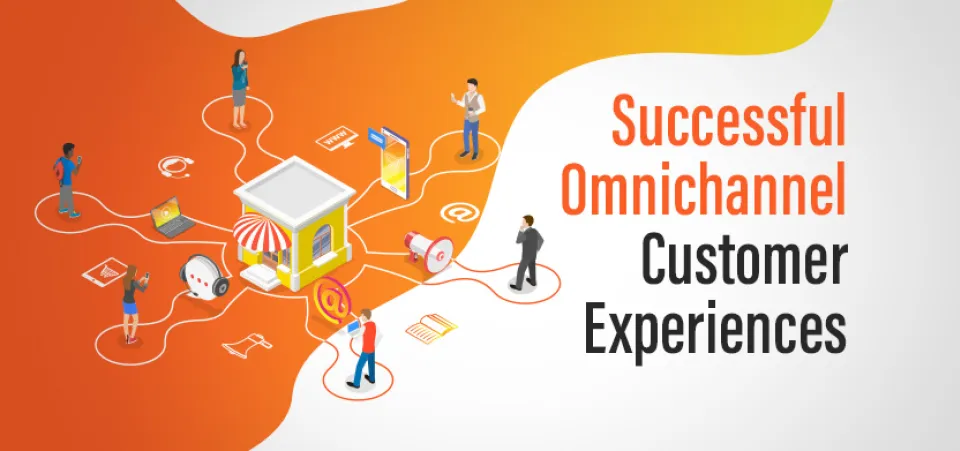

Posted in Consulting, Digital Commerce
September 15, 2020
Creating a Successful Omnichannel Customer Experience
As you embark on developing an omnichannel customer experience, consider these statistics from Think with Google:
- 87% of U.S. Internet users rely on more than one device to go online.
- 60% of all smartphone users have used “click to call” or similar features to contact a business directly from their mobile device.
- 59% of shoppers want the capability to shop on mobile devices when choosing a brand or retailer.
- 70% of shoppers say they want to be able to shop both online or in a store.
Ultimately, omnichannel marketing provides ecommerce companies with a way to deliver more of what their customers want on every platform. So how do you make the most of this opportunity? Here, we cover omnichannel basics, and the best practices you need to know before diving in.
What is omnichannel retailing?
Omnichannel retailing refers to marketing strategies and tactics that enable sellers to reach consumers on a variety of platforms, including through:
- Search engine optimization (SEO)
- Search engine marketing (SEM)
- Social media
- SMS/Text messaging
- TV/Radio
- In-store signage
- Point of sale (POS)
Unlike multichannel marketing, which is a form of push marketing that entails sending messages and advertising through multiple platforms, omnichannel marketing creates a unified experience for the consumer across all platforms.
The omnichannel customer experience reaches the consumer with relevant messaging based on their online and offline activities and their position in your sales funnel. For instance, a consumer may get a coupon via SMS while they’re in your retail store, or a Facebook ad showing a sale or price cut if they have an abandoned cart on your website.
Omnichannel best practice #1: Reach your customers where they are
The first key to a successful omnichannel customer experience involves finding your customers and communicating with them on the channels where they’re most comfortable. As you navigate through multiple digital touchpoints, you may want a platform capable of decoupling, where the backend administration tools of your ecommerce platform can be separate from the customer website experience.
Likewise, the ecommerce platform should integrate with other apps to aggregate data from a variety of sources, including POS technology, in-store kiosks, social media, email marketing and other places you find your customers. Think of your ecommerce platform as one source for data, and potentially the aggregator of data from multiple sources. An open source ecommerce platform has the capabilities to provide actionable insights to manage your omnichannel customer experience.
Omnichannel best practice #2: Achieve a fast response time, even on mobile
Omnichannel best practice #3: Tie Marketing into inventory to share the right products at the right time
A Think with Google article shared that 46% of shoppers confirmed inventory online before shopping in a brick-and-mortar store. Not every ecommerce platform provides up-to-the-minute inventory tracking and integration with your other inventory management platforms. Putting the infrastructure in place via your ecommerce platform to accurately track inventory can lead to a better omnichannel customer experience and increased sales.
Let an ecommerce consultant help you hone your omnichannel customer experience
Does your ecommerce platform allow you to provide an optimal omnichannel customer experience? Acro Commerce’s ecommerce consultants can help you complete a technology stack audit and explore your options to optimize the omnichannel experience for your customers.
Reach out to learn more about how our ecommerce consultants can help you reach consumers at any stage of your sales funnel.
Dawn Allcot is a full-time freelance writer and content marketing professional specializing in technology, e-commerce, Web development, personal finance and real estate.

